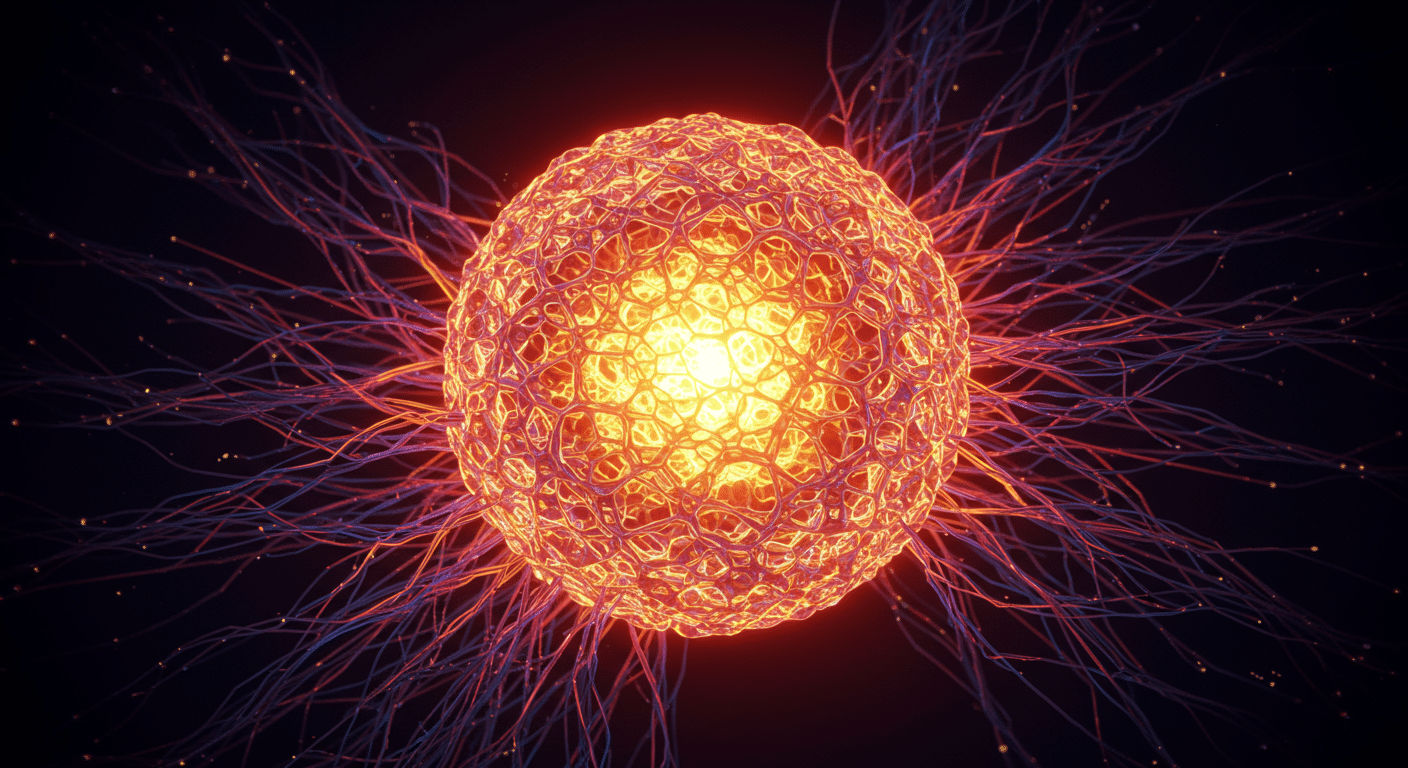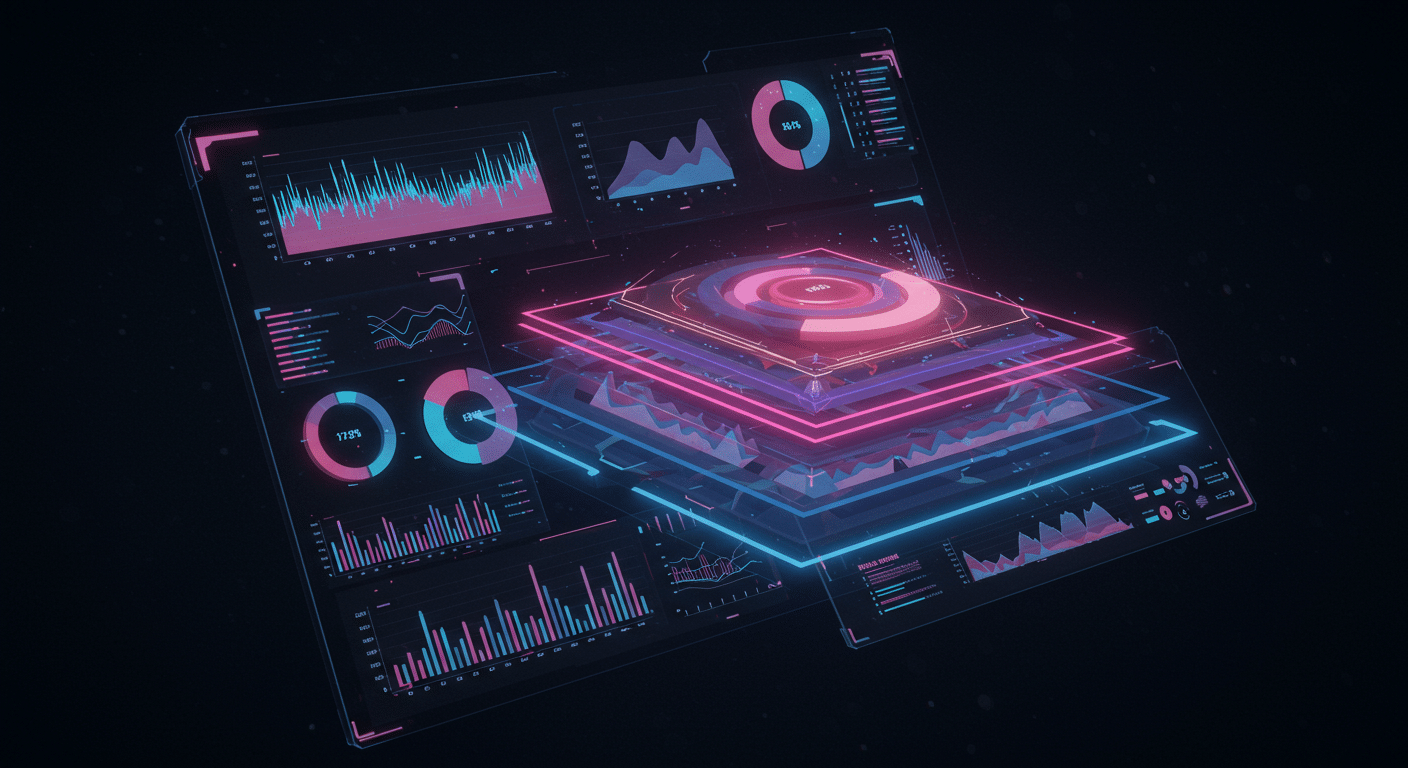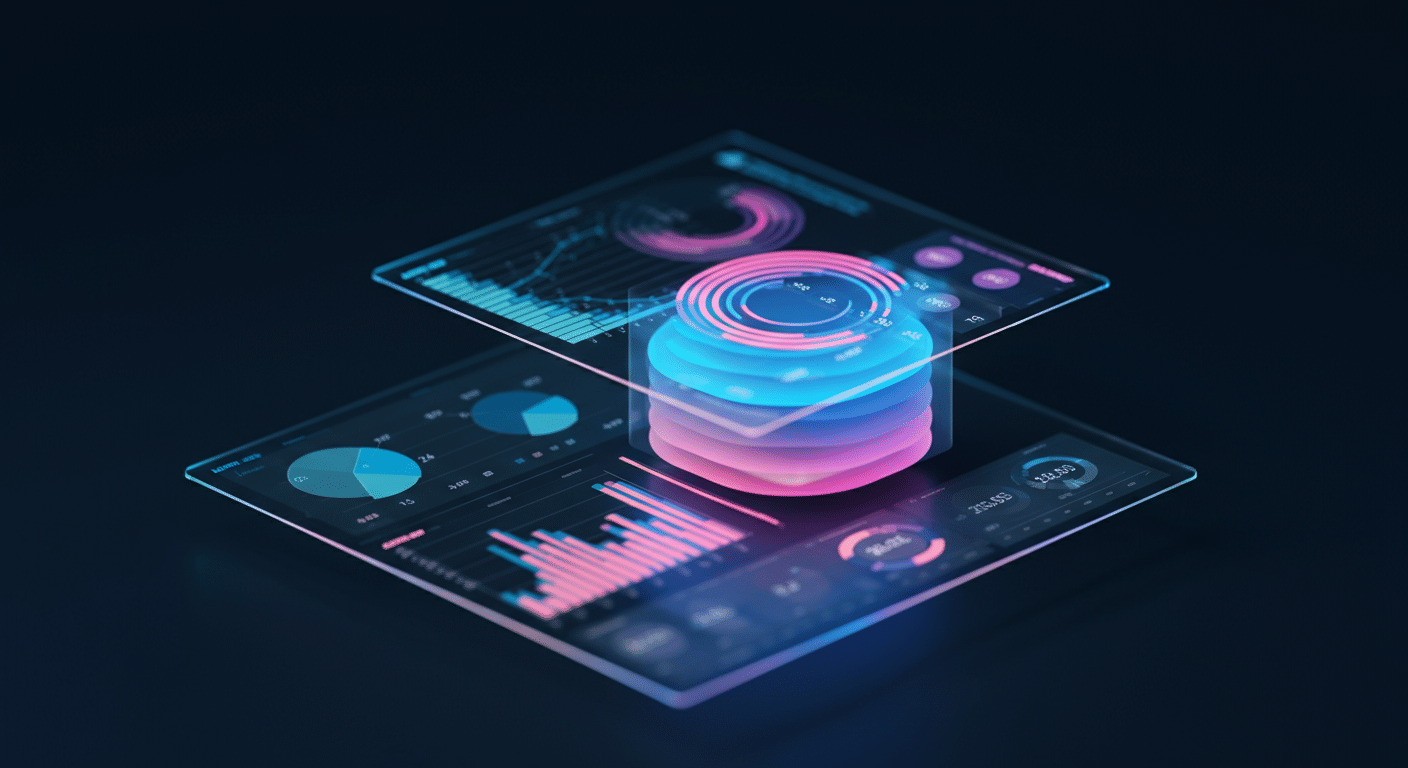Want stunning AI art? 🎨 Midjourney is HOT! Turn text to visuals & see its impact on design, film, & more. Learn its secrets.#Midjourney #AIArt #GenerativeAI
🎧 Listen to the Audio
If you’re short on time, check out the key points in this audio version.
📝 Read the Full Text
If you prefer to read at your own pace, here’s the full explanation below.
1. Basic Info

John: Let’s start with the basics of Midjourney. Currently, as of 2025, Midjourney is a generative AI tool that creates images from text descriptions, much like turning your words into visual art. In the past, before tools like this, artists had to manually draw or design everything, but Midjourney solves the problem of quickly generating high-quality visuals for ideas that might be hard to sketch by hand. What makes it unique is its integration with Discord for easy access, allowing users to prompt the AI via chat commands, which feels like collaborating with a digital artist.
Lila: That sounds fascinating! So, for beginners, could you give an analogy? Like, is it similar to ordering a custom painting where you describe what you want, and the artist delivers it almost instantly?
John: Exactly, Lila. Think of it as a magical sketchbook where you write a description, say ‘a serene mountain landscape at sunset,’ and the AI paints it for you in seconds. Currently, based on trending posts on X from verified AI enthusiasts, Midjourney stands out because of its focus on artistic styles and community-driven improvements, unlike more rigid AI image generators.
Lila: Oh, I see. And what problem does it really solve? For someone new to AI, does it make creative work accessible to non-artists?
John: Precisely. In the present day, it democratizes art creation, helping professionals in design, marketing, or even hobbyists who lack drawing skills to visualize concepts rapidly. Posts from domain experts on X highlight how it’s unique in producing highly detailed, stylistically diverse images that often surpass basic photo realism.
Lila: Cool! So, uniquely, it’s not just about realism but also about imaginative, surreal outputs, right? That must be why it’s buzzing in creative circles.
2. Technical Mechanism

John: Now, diving into how Midjourney works technically, but I’ll keep it simple for beginners. At its core, it uses something called a diffusion model, which is a type of neural network – imagine a brain-like system of interconnected nodes that learn from vast amounts of data. Currently, as discussed in real-time posts on X by AI engineers, Midjourney processes your text prompt through this network to generate images by starting from random noise and refining it step by step into a coherent picture.
Lila: Neural networks sound complex. Can you break it down? Like, what’s RLHF, and does Midjourney use it?
John: Good question. RLHF stands for Reinforcement Learning from Human Feedback, which is a method where the AI is trained by incorporating human preferences to improve outputs. In the past, early AI models didn’t have this, but presently, Midjourney incorporates similar techniques to fine-tune its generations based on user upvotes and feedback in their community. Trending X posts from verified developers note that this makes the AI better at understanding nuanced prompts over time.
Lila: Ah, so it’s like the AI learns from what people like, refining its ‘artistic taste.’ How does the diffusion part work exactly?
John: Yes, diffusion models work by adding noise to images and then learning to reverse that process. For Midjourney, your prompt guides this reversal, turning noise into art. Looking ahead, experts on X speculate further integrations with advanced neural nets for even faster processing, but currently, it’s all about iterative refinement powered by massive datasets of images and captions.
Lila: That makes sense! So, beginners should know it’s not magic – it’s math and data crunching behind the scenes, right?
John: Absolutely. And to add, the system uses GPU-intensive computations, which is why it’s cloud-based, ensuring accessibility without needing powerful hardware on your end.
Lila: Wow, that’s user-friendly. I guess that’s part of its appeal in current trends.
3. Development Timeline
John: Let’s trace Midjourney’s development timeline. In the past, it started as an independent research lab founded in 2021 by David Holz, entering open beta in July 2022. Back then, it was primarily accessed via Discord bots, generating images from prompts similar to early versions of DALL-E.
Lila: Interesting! What were some key milestones after that?
John: Moving to the present, as of 2025, Midjourney has released versions like V6 and is now venturing into video models, with V1 launched recently for turning images into short clips. Trending posts on X from official accounts confirm it’s profitable and self-funded, with continuous updates based on community input.
Lila: So, currently, it’s evolving rapidly. What’s coming next?
John: Looking ahead, based on real-time discussions from verified users on X, future updates include 3D models, personalized styles, and even real-time world simulators. Posts suggest these could roll out within the next few years, expanding beyond static images.
Lila: That sounds ambitious! How has the timeline affected its popularity?
John: In the past, its beta phase built a strong user base, and presently, it’s a leader in AI art. Future-wise, experts predict it will integrate more multimedia features, keeping it ahead in the AI boom.
4. Team & Community
John: The team behind Midjourney is led by David Holz, who in the past co-founded Leap Motion, a company focused on gesture control tech. Currently, it’s a small, self-funded group of about 11 full-time staff with advisors, emphasizing design and AI research.
Lila: Small team for such impact! What’s the community like?
John: The community is vibrant, mainly on Discord and X. Presently, real-time posts from verified artists and devs show enthusiastic discussions about new features like video models, with users sharing tips and artworks.
Lila: Any specific reactions on X?
John: Yes, trending posts from domain experts praise the team’s innovative approach, like moving towards 3D and personalization. Community feedback has shaped updates, with positive buzz about accessibility and creativity boosts.
Lila: Sounds engaging. Has the team’s background influenced the tech?
John: Definitely. Holz’s experience in human-computer interaction informs Midjourney’s user-friendly interface, as noted in expert X threads.
5. Use-Cases & Future Outlook

John: For use-cases, currently, Midjourney is used in graphic design, where professionals generate concepts quickly. For example, marketers create ad visuals from prompts, as shared in real-time X posts by designers.
Lila: Real-world examples sound practical. What about education or entertainment?
John: Yes, educators use it to illustrate historical scenes, and gamers design assets. Looking ahead, with video features, it could revolutionize film storyboarding, as anticipated by verified filmmakers on X.
Lila: Exciting! Any future applications?
John: Future outlook includes architecture, where AI animates static designs into videos, per recent X trends. Experts foresee integrations in VR for immersive worlds.
Lila: That could change industries. How about everyday users?
John: Presently, hobbyists create personal art; ahead, personalized models might enable custom storytelling tools.
6. Competitor Comparison
- Compare with at least 2 similar tools
- Explain in dialogue why Midjourney is different
John: Comparing Midjourney to competitors like DALL-E from OpenAI and Stable Diffusion from Stability AI. In the past, DALL-E pioneered text-to-image, but currently, Midjourney differentiates with its community-driven, artistic focus.
Lila: How does it stack up against Stable Diffusion?
John: Stable Diffusion is open-source, allowing local runs, whereas Midjourney is proprietary and Discord-based. Posts on X from engineers note Midjourney’s superior stylistic consistency and ease for beginners.
Lila: So, why choose Midjourney?
John: It’s different due to its rapid iterations and personalization, making it more intuitive for creative workflows, as per expert opinions on X.
Lila: Makes sense for artists over tech-savvy users.
7. Risks & Cautions
John: While powerful, Midjourney has risks like biases in training data, potentially leading to stereotypical outputs. Currently, users on X discuss ethical concerns, such as AI mimicking artists’ styles without consent.
Lila: What about security?
John: Security flaws could include data privacy in prompts, and limitations like inconsistent results. In the past, there were debates on copyright; presently, it’s advised to use ethically.
Lila: Any other cautions?
John: Ethical questions around job displacement in creative fields, as trending in X posts from verified creators. Looking ahead, regulations might address these.
Lila: Important to be mindful.
8. Expert Opinions
John: From trending posts on X, a verified AI expert paraphrased that Midjourney’s video model is a game-changer for short-form content, praising its seamless image-to-video transition.
Lila: Any more?
John: Another from a domain engineer: Midjourney’s push towards 3D and simulators could redefine creativity, but needs careful ethical handling.
Lila: Balanced views.
John: Indeed, emphasizing innovation with responsibility.
9. Latest News & Roadmap
John: Latest news as of 2025 includes the rollout of HD video mode with 4x more pixels, available to Pro subscribers, as per real-time X updates.
Lila: What’s on the roadmap?
John: Looking ahead, personalization by default, larger grids, and 3D tools. Posts suggest video extensions and world simulators in development.
Lila: Thrilling updates!
John: Yes, with ongoing tests for faster generations.
10. FAQ
Question 1: What is Midjourney?
John: Midjourney is an AI tool for generating images from text prompts, currently accessible via Discord or their website.
Lila: It’s like a creative assistant that visualizes your ideas instantly.
Question 2: How do I get started with Midjourney?
John: Join their Discord server and use the /imagine command with your prompt.
Lila: Start with simple descriptions and experiment to learn.
Question 3: Is Midjourney free?
John: It offers a free trial, but full access requires a subscription starting at $10/month.
Lila: The paid plans unlock more features like video generation.
Question 4: Can Midjourney create videos?
John: Yes, the latest V1 model turns images into 5-second clips, extendable to 20 seconds.
Lila: It’s a new feature buzzing on X for its potential in animation.
Question 5: What are parameters in Midjourney prompts?
John: Parameters like –v for version or –ar for aspect ratio customize outputs.
Lila: They help refine your images to match your vision better.
Question 6: Is Midjourney safe to use?
John: Generally yes, but be cautious with sensitive data in prompts and aware of ethical issues.
Lila: Always review outputs for biases or inaccuracies.
11. Related Links
- Official website (if any)
- GitHub or papers
- Recommended tools
Final Thoughts
John: Looking at what we’ve explored today, Midjourney clearly stands out in the current AI landscape. Its ongoing development and real-world use cases show it’s already making a difference.
Lila: Totally agree! I loved how much I learned just by diving into what people are saying about it now. I can’t wait to see where it goes next!
Disclaimer: This article is for informational purposes only. Please do your own research (DYOR) before making any decisions.
